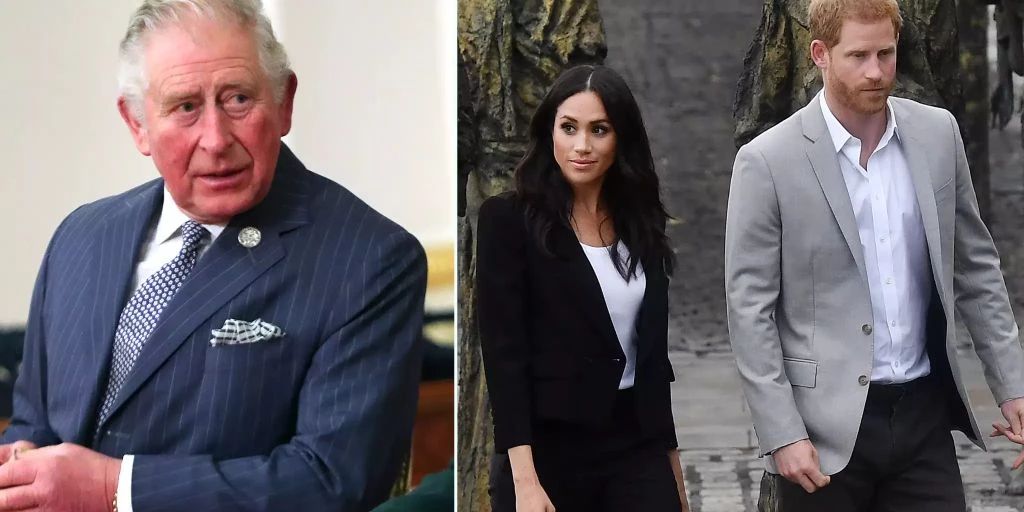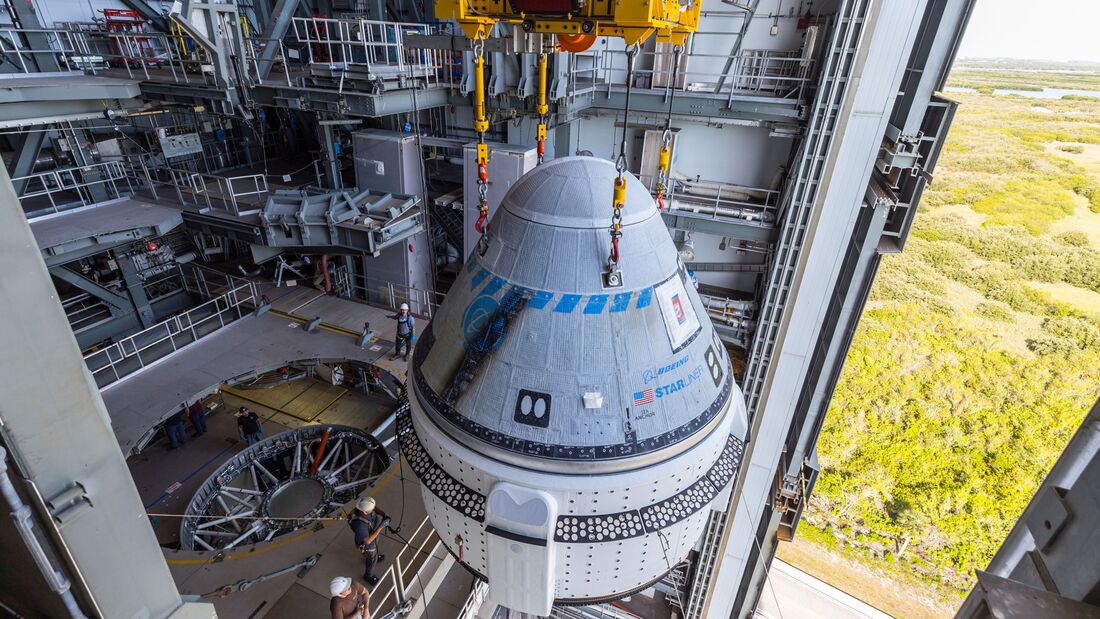After yesterday’s remarks by Federal Reserve Chairman Jerome Powell, the yield curve shows that the US is heading for a recession: the yield curve is now the most inverted since March. Markets fear that the Fed’s desire to raise interest rates further will cool the economy sharply and eventually lead to recession. Read here why inverted yield curves herald a recession.
According to the statements of Fed Chairman Powell: The risk of recession is growing – the yield curve is inverting more and more
Concerns increased among bond investors about a possible recession in the US after Federal Reserve Chairman Jerome Powell indicated that the Fed may raise interest rates further. This has now been reported by Bloomberg.
Powell told Congress that the two-year Treasury yield exceeded the 10-year yield by as much as a percentage point on Wednesday after a rise in short-term interest rates. The 2-10 year portion of the yield curve, which has inverted before each of the last five US recessions, is the most inverted since March.
Bond Markets: Recession fears mount after Fed Chair Powell’s remarks – Yield curve inversions have preceded the last five severe recessions
The impact of Fed Chairman Powell’s comments may have been further complicated by stronger-than-expected UK inflation data. Rising inflation in the UK led to speculation that the Bank of England will increase the pace of tightening at its meeting on Thursday. A number of central banks in the developed world have turned hawkish this month on concerns that inflation will remain too high for too long.
Prashant Nyonya, pricing analyst at TD Securities Inc. In Singapore: “The UK is sending a signal that it is too early to say that a rate hike by the central bank was enough to keep the inflationary pound in the bottle.” In the battle between growth and inflation, inflation is clearly winning, which means that central banks are likely to risk a sharp downturn and recession to win the battle of inflation.
The Fed and Interest Rates: The yield curve is more inverted than it has been since the banking crisis
While the Fed left interest rates unchanged last week for the first time in more than a year, it surprised investors and economists with its prediction that it will raise interest rates twice more by the end of the year. Powell repeated that statement to Congress on Wednesday, emphasizing that most US policymakers believe more rate hikes are needed as inflation remains well above the Fed’s 2% target.
A two-point range reversal widened from ten to 111 basis points on March 8th, its highest level since the 1980s, before contracting again during the month. The downturn in the yield curve inversion was driven by the collapse of several regional lenders in the US – fueling expectations that a possible banking crisis could persuade the Fed to cut interest rates.
FMW/Bloomberg

“Tv expert. Hardcore creator. Extreme music fan. Lifelong twitter geek. Certified travel enthusiast. Baconaholic. Pop culture nerd. Reader. Freelance student.”







More Stories
That general meeting was 2024
Mercedes Works Council Chairman: American colleagues must vote in favor of the union
Customer is upset about aluminum curd caps